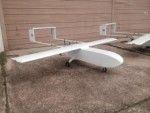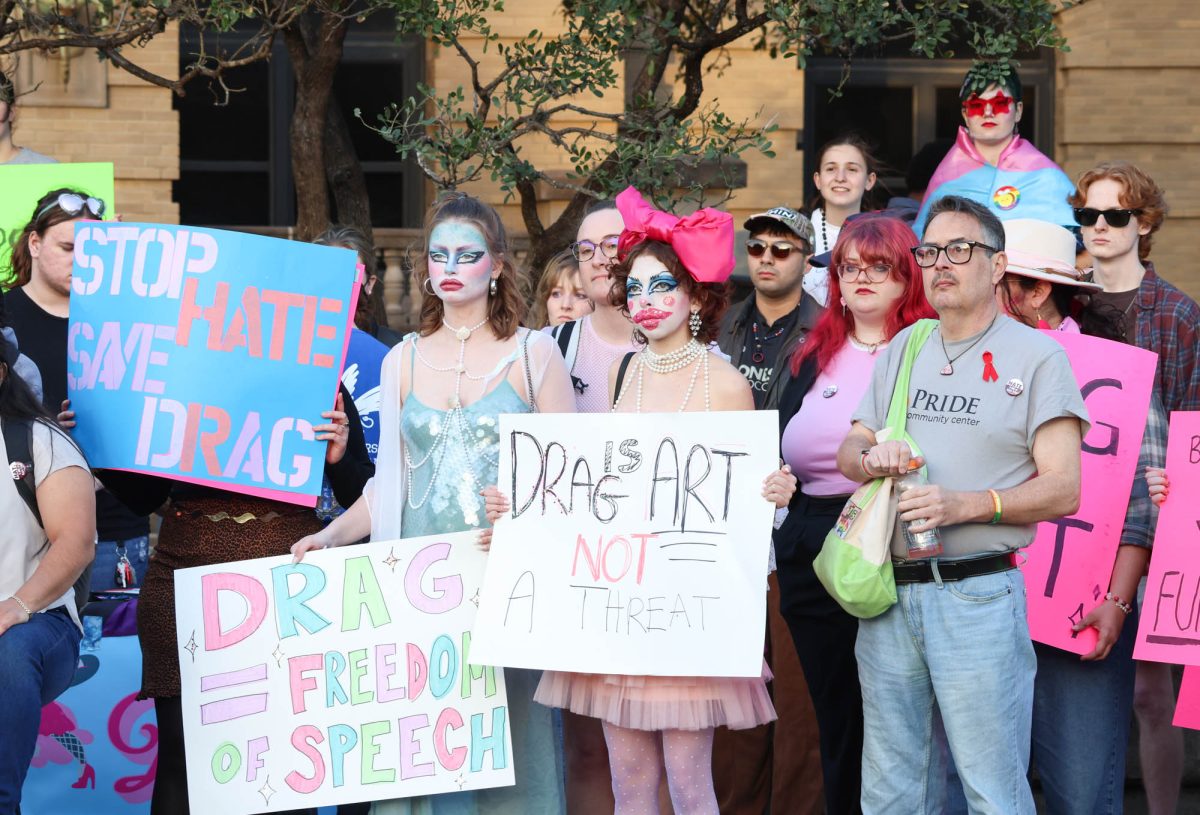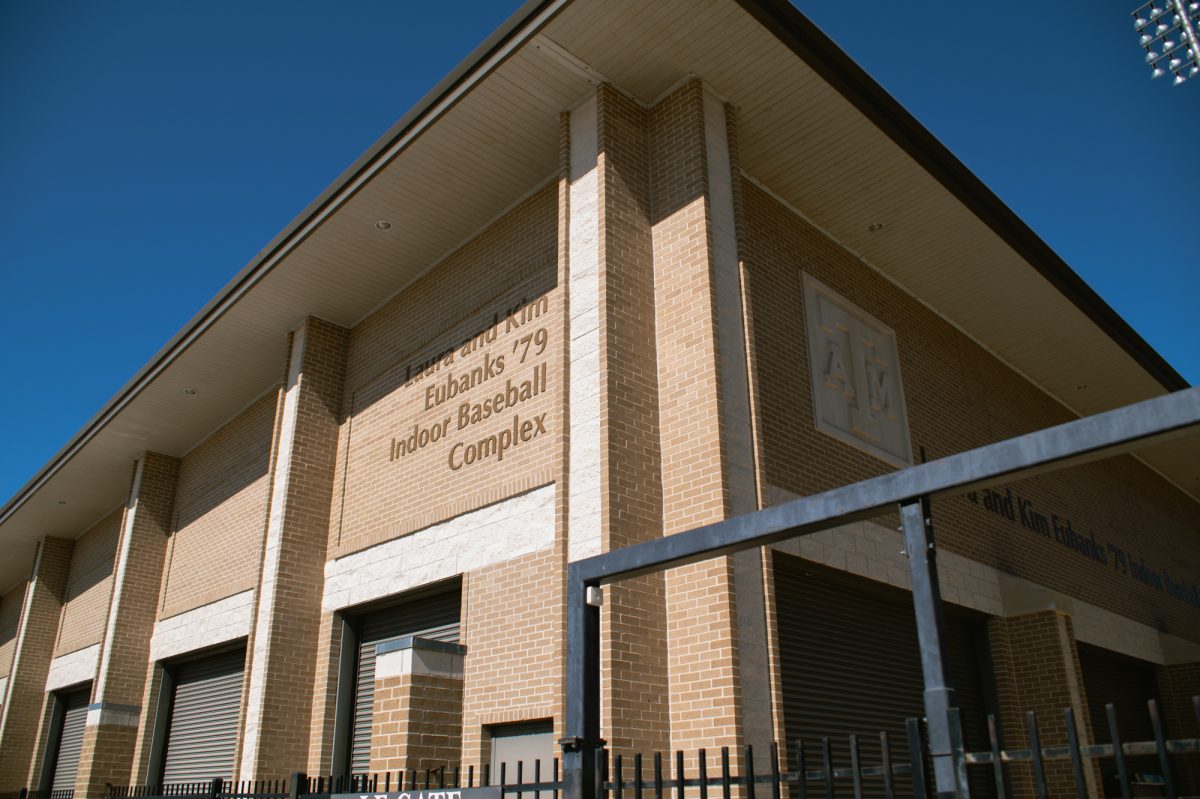Texas A&M is one of six Texas universities selected by the Federal Aviation Administration to operate Unmanned Air Systems, also known as UAS, on testing sites throughout the state.
These systems, which are often mistakenly called drones, will be used for commercial road inspection and agriculture. UAS can be used for scanning crops to look for diseases, checking bridges and infrastructures for cracks, taking medical supplies and food to disaster areas and using cameras to track vehicles.
The testing will focus both on ensuring safety and that UAS act in predictable ways around people and in different circumstances and weather conditions and will move toward refining the systems from being unmanned to autonomous around various environments, said John Valasek, head aerospace engineering professor for the project and director for the Center for Autonomous Vehicles and Sensor Systems, also known as CANVAS.
Such autonomous flight entails UASs flying via communication between a small computer inside of it and a ground computer that sends directional commands through radio signals. Sensors and cameras on the UAS are key to this communication.
Valasek said the Texas A&M research team consists of about 10 people at a time and includes both undergraduate and graduate aerospace engineering students. Valasek said he is also looking for students who will be available to work on the project over the summer, one of the busiest testing seasons of the year.
Two of the researchers and aerospace graduate students, Jim Henrickson and Tim Woodbury, took part in building one of the tested aircrafts, the Pegasus II.
“These planes were actually initially designed by undergraduates,” Henrickson said. “When you go through the aerospace undergraduate program here, your senior year you go through a two-semester class where you design and build a plane, so this came out of that.”
Henrickson said after undergraduates designed the plane, their design was given to Valasek’s graduate students who then passed it on to their research team to further refine the design for repeated use.
“We actually built these with our own hands out here,” Henrickson said. “We do all the hands-on busy work to make the flight
tests possible.”
Valasek said the process couldn’t be done without the student researchers and that he just “pays the bills” and talks to the larger organizations involved.
Woodbury said flight testing is still being done through remotes, but they anticipate autonomous testing will begin within the next month. Testing is conducted three times per month, but Valasek is hoping that sometime this semester or over the summer the testing will be accelerated to three times per week.
Texas was chosen as a home for UAS testing after submitting a statewide proposal led by the Lone Star Unmanned Aircraft Systems Center at Texas A&M-Corpus Christi. The proposal was led by researchers from the College Station and Corpus Christi branches of Texas A&M and is a group effort by Texas A&M University, the Texas A&M Engineering Experiment Station and Camber Corporation.
Valasek said Texas was chosen as a testing sight along with Alaska, Nevada, New York, North Dakota and Virginia. Valasek said a main selling point was Texas’ vast range
of environments.
In the state, there are total testing sites with two in Bryan-College Station – one at the Riverside Campus and the other at
Disaster City.
The project will have a statewide financial impact, bringing hundreds of jobs and billions of dollars to Texas in the next decade as a result, Valasek said.
Privacy when testing and using UAS is an issue being carefully considered, because UAS researchers want people to feel they can trust UAS, Valasek said.
“Privacy is very important,” Valasek said. “Texas recently passed the [Texas Privacy Act] as a statute that permits 19 legitimate uses of UAS for research purposes, so if you are a university or industry working with a university, there are 19 legitimate stated uses that you can use to actually conduct your research and testing without worrying about intruding or infringing on the public.”
A&M jets to forefront of UAS studies
February 17, 2014

0
Donate to The Battalion
$1765
$5000
Contributed
Our Goal
Your donation will support the student journalists of Texas A&M University - College Station. Your contribution will allow us to purchase equipment and cover our annual website hosting costs, in addition to paying freelance staffers for their work, travel costs for coverage and more!
More to Discover









